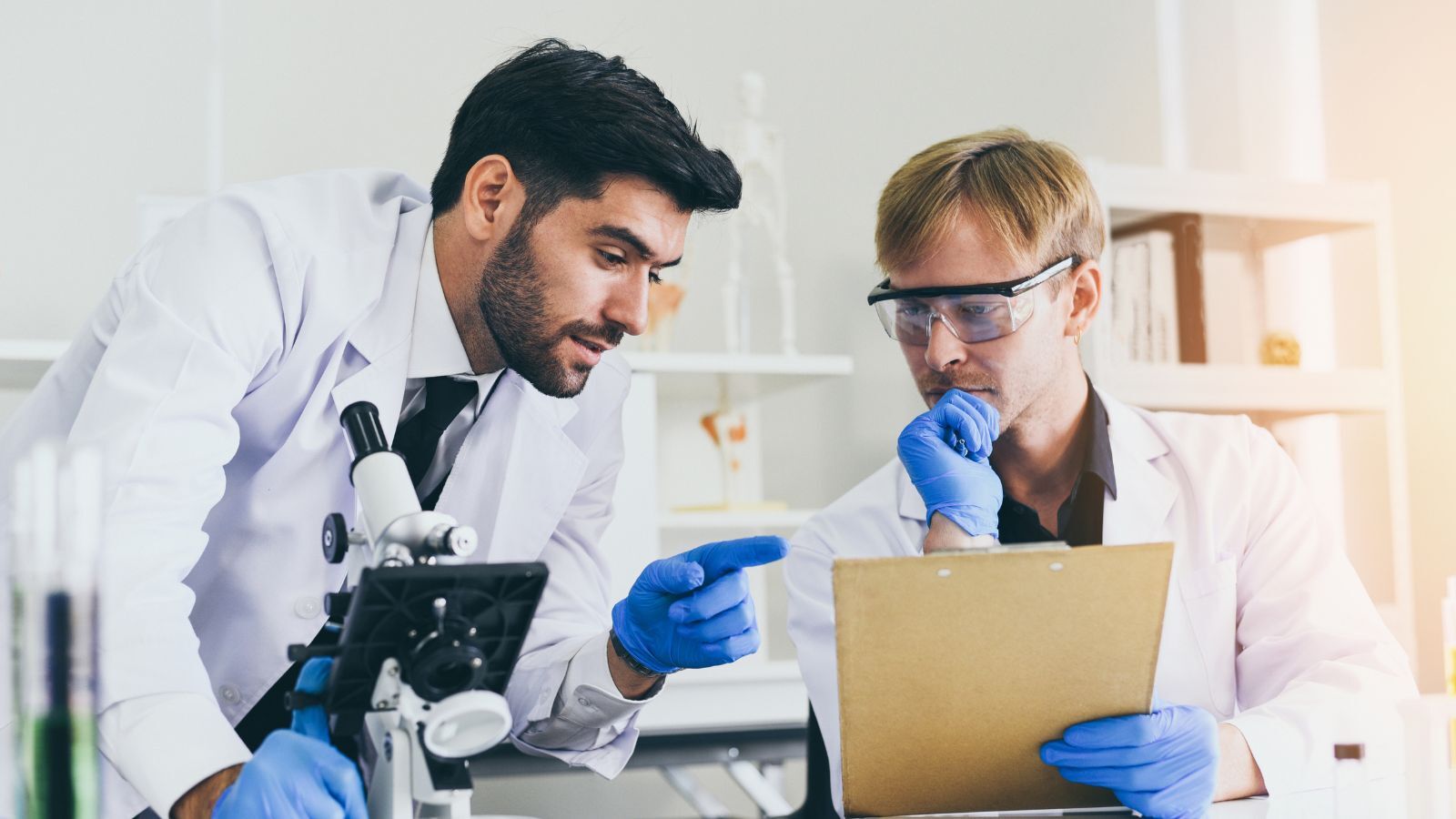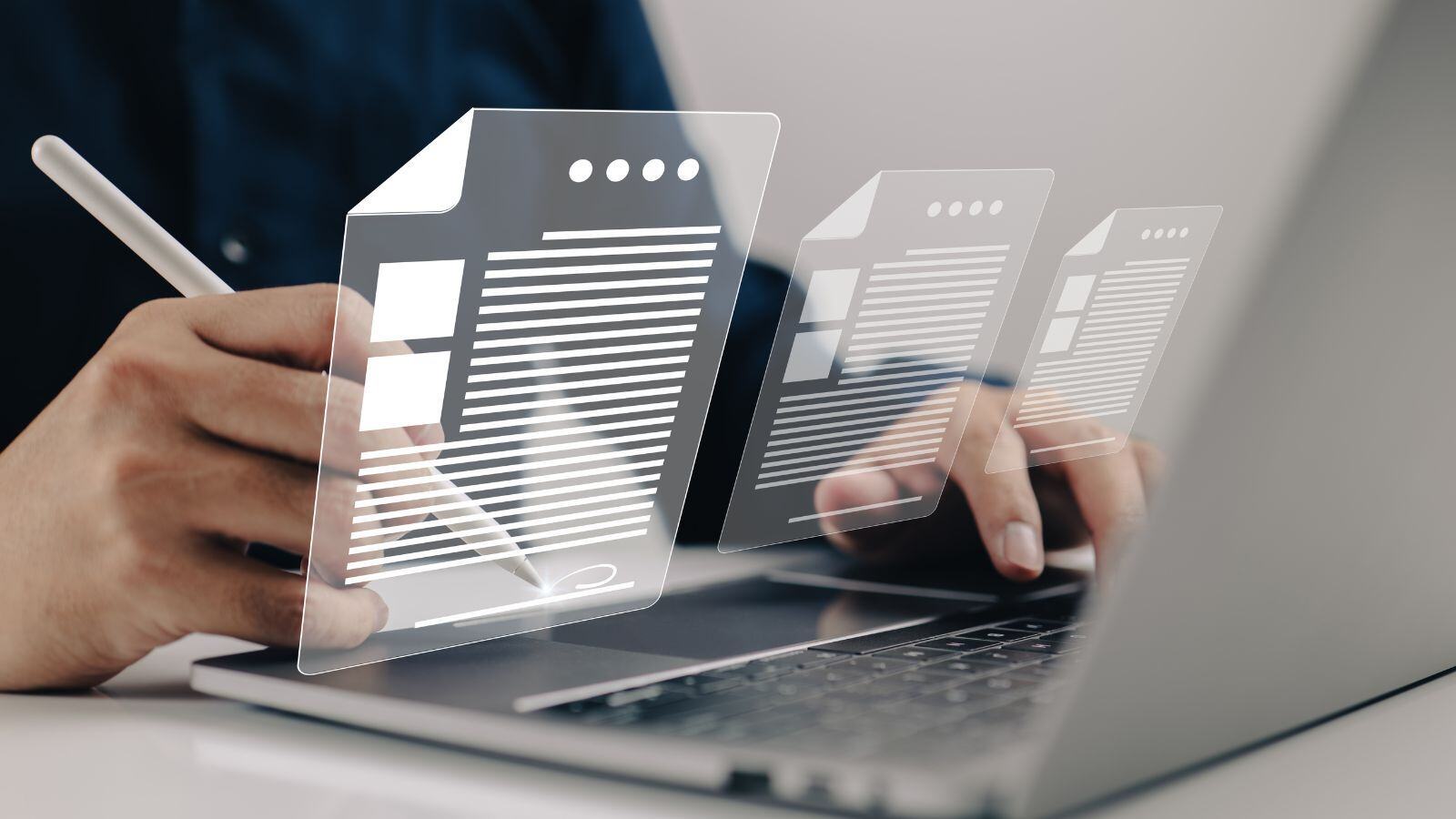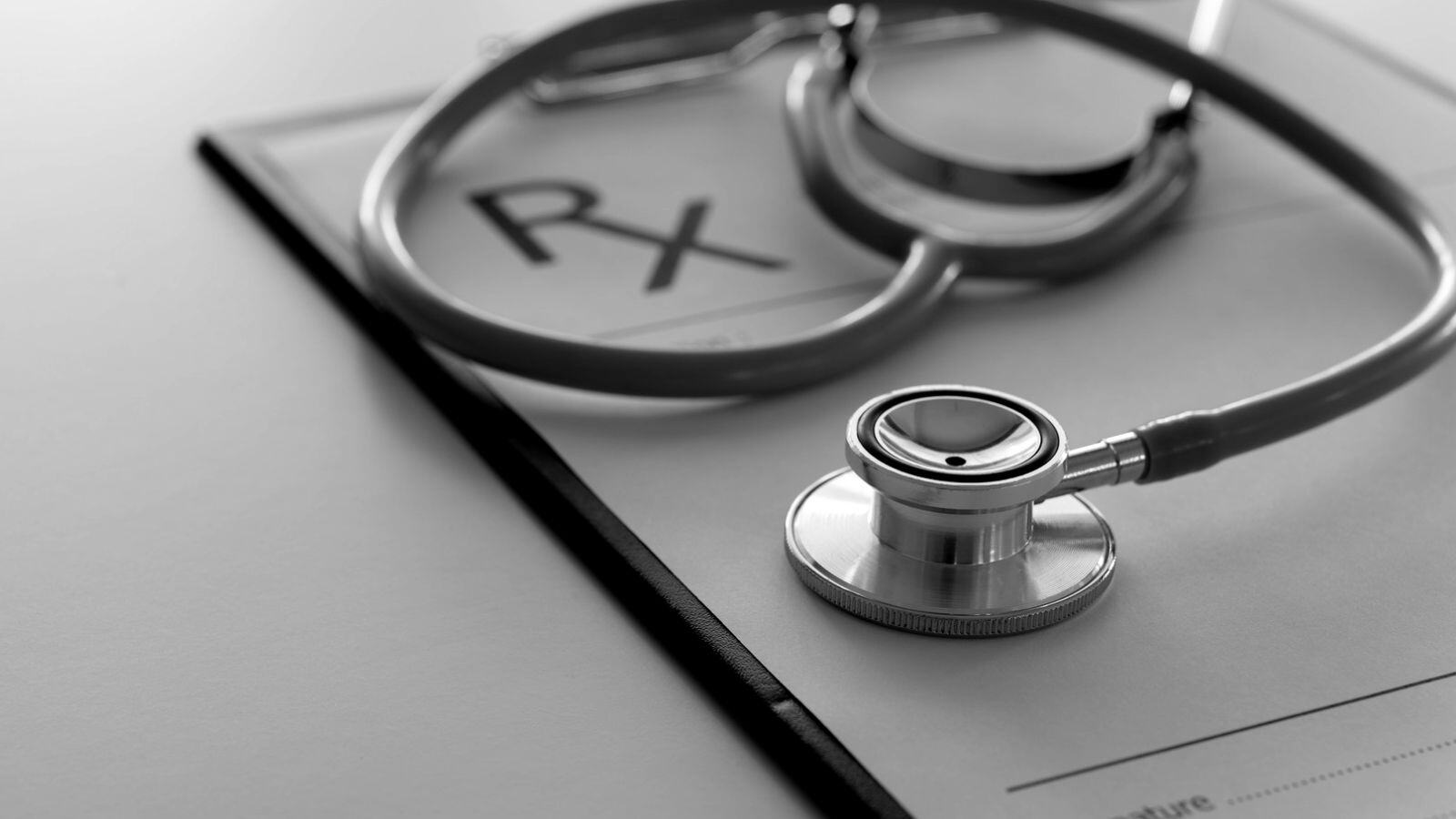With the Medical Device Regulation (MDR 2017/745) being more stringent than the previous European Medical Device Directive (MDD) or the Active Implantable Medical Devices Directive (AIMDD), claiming equivalence to another marketed device is now more complex than it used to be, and might not be anymore the easiest road to CE certification.
In this blog post, we delve into the concept of declaring equivalence for medical devices under the MDR and explore the key considerations and steps involved.
Understanding Equivalence under the MDR
Within the scope of the MDR, equivalence can play a pivotal role in the clinical evaluation of medical devices. Claiming equivalence is demonstrating that your medical device is equivalent to an already legally marketed device in terms of clinical, technical, and biological characteristics.
This pathway is particularly valuable for manufacturers who aim to leverage existing clinical data to support the safety and performance of their device, thereby potentially reducing the need for extensive new clinical trials. However, claiming equivalence does not preclude them from performing a Clinical Evaluation.
The MDR outlines 3 specific criteria that should be met for demonstrating equivalence:
Clinical Equivalence
The devices should have the same kind of users, be used for the same clinical condition or purpose (similar severity, disease stage, similar population, same site in the body), and have similar performance.
Technical Equivalence
The devices should have similar specifications, properties, design, and conditions of use.
Biological Equivalence
The devices should have the same material and substances in contact with human tissues of body fluids, similar kind and duration of contact, release characteristics of substances. This involves a detailed assessment of the materials in contact with the patient and the potential for similar biological responses.
While outlining these criteria, the MDR clearly distinguishes between “same” and “similar”, with “same” referring to something identical, and “similar” referring to something with a resemblance without being identical. Equivalence for each of these criteria should be based on a scientific justification and should show that there is no clinically significant difference in terms of safety and performance of the devices for the intended patient population.
If your device includes a difference with the equivalent device, or a modification (which could have been introduced to address a safety or performance issue of the equivalent device), a strong scientific justification should be provided to demonstrate that there is no impact on the clinical safety or performance of the device.
Post-Market Follow-Up (PMCF) activities – including post-market clinical investigations for modified Class III and implantable devices – should also be undertaken to identify residual risks and confirm safety and performance relating to the difference or modification.
Steps to Claim Equivalence to Another Medical Device under the MDR
Identify a Suitable Equivalent Device
The first step is selecting an appropriate equivalent device that is already legally marketed in the EU. This device must have sufficient clinical data available and be as similar as possible to your device.
Gather Comprehensive Data
Collect all relevant data on both the new device and the equivalent device. This includes technical specifications, clinical trial data, post-market surveillance data, and any other evidence that supports the safety and efficacy of the devices.
Perform a Detailed Comparison
Conduct a side-by-side comparison of the clinical, technical and biological properties of the devices. Document this analysis meticulously, highlighting how each criterion is met. For this step, use the equivalence table provided in Annex I of the MDCG 2020-5 Guidance.
Address Gaps in Data
If there are any gaps in the comparative analysis, identify strategies to address these. This may involve conducting additional studies or gathering further evidence to support the equivalence claim.
Compile Documentation for Regulatory Submission
Assemble a comprehensive dossier that includes the equivalence analysis and all supporting documentation. This will be a crucial part of your device’s technical documentation under the MDR.
Medical Device Type and Class-Specific Requirements
Claiming equivalence under the MDR varies in complexity and requirements depending on the class of the medical device, with increased level of rigor, documentation and scrutiny as the risk associated with the device increases.
Class III and Implantable Devices
For Class III and implantable devices, the requirements of the MDR to claim equivalence are stricter.
If a manufacturer wants to claim equivalence to another of his own devices, the equivalent device should have a valid CE mark under the MDR or the Directives (MDD/AIMDD), an updated clinical evaluation, and a favorable benefit/risk ratio, and the PMCF plan includes post-market studies to demonstrate the safety and performance of the device.
In addition to the up-to-date clinical evaluation, the favorable benefit/risk ratio, and planned post-market studies, when claiming equivalence to a device from another manufacturer, the equivalent device should also have a valid CE mark under the MDR (claiming equivalence to a device certified under the MDD/AIMDD is not allowed). In this case, as also specified in the MDCG 2023-7, a contract signed by the two manufacturers and allowing full access to the technical documentation of the equivalent device should be provided to the Notified Body.
Class IIa to IIb Devices
For Class IIa to IIb devices, claiming equivalence to a device from the same manufacturer or a different one requires the same conditions to be fulfilled. The equivalent device should have been previously marketed under the MDD or the MDR. In some exceptions, equivalence can be claimed to a non-CE marked device (e.g., a device marketed outside the EU), providing that the manufacturer has sufficient levels of access to the data of the equivalent device (without the need for a contract), that the clinical investigations were conducted in accordance with international guidelines and that the clinical data are transferrable to the European population and meet MDR standards.
Software/MDSW
For software used in conjunction with a device, or standalone software, the MDR specifies that software algorithms should be similar when claiming equivalence to another software.
Software intended for the configuration of a device, and without any medical purpose, does not need to be similar to the equivalent software, as long as the manufacturer can justify that it will not negatively affect the usability, safety, or clinical performance.
Annex XVI Products – Products Without an Intended Medical Purpose
The recent MDCG Guidance 2023-6 outlines some specific characteristics concerning equivalence for products without an intended medical purpose, which are listed in MDR Annex XVI. These products include for example contact lenses, products introduced in the human body to modify the anatomy, substances or items used for dermal membrane filling by injection, equipment for liposuction.
For these products, the MDR also requires a comparison of their technical, biological and clinical characteristics. For this latter criterion, some elements of comparison do not apply to these products without an intended medical purpose, such as the similarity in terms of severity and stage of the disease or their use for the same clinical condition.
It is important to note that equivalence cannot be claimed between a product without an intended medical purpose and an analogous device with a medical purpose.
If equivalence to another device cannot be claimed, it is still possible to use data from devices belonging to the same generic device group in your clinical evaluation:
- For your state-of-the-art and alternative treatment options,
- For identifying device features in similar devices that poses safety or performance issues,
- For identifying risks to be included in your risk management,
- For helping you design clinical investigations or post-market clinical follow up studies,
- For identifying clinical outcome parameters,
- For identifying occurrence rates of risks and adverse events.
Challenges and Considerations
Claiming equivalence under the MDR is not without its challenges. The regulation demands a higher level of evidence and transparency in the demonstration of equivalence.
Furthermore, the increased scrutiny and specific requirements laid out by the MDR mean that the process of claiming equivalence requires careful planning and thorough documentation. Needless to say, this takes time both in gathering all information and data as well as writing the necessary documentation, and requires sufficient budget to proceed.
How Can We Assist You in Claiming Equivalence for Your Medical Device?
Claiming equivalence under the MDR requires a proactive and strategic approach, and QbD can help you every step of the way.
QbD Regulatory can help you to prepare the Technical Documentation, including risk management and post-market surveillance documents.
QbD Clinical Medical Writing specializes in performing the required clinical evaluation for your device, including addressing the possible gaps in clinical evidence for your device in scope. This involves reviewing and analyzing all necessary literature and writing the clinical evaluation plan and report. These documents are created following all applicable guidance and regulations.
Both QbD Regulatory and Clinical Medical Writing can assist the manufacturer in gathering the required data and information to complete the table of equivalence (Annex I of the MDCG 2020-5 Guidance).
Our involvement has already aided several medical device manufacturers in obtaining a CE certificate for their devices in 2023. This success was achieved without any comments from Notified Bodies and Regulatory Authorities, despite the additional scrutiny from expert panels via the EU Commission or MDCG.







.png?width=109&height=108&name=Pharma%20(2).png)
.png?width=111&height=108&name=Medical%20Devices%20(2).png)
.png?width=84&height=107&name=IVD%20(2).png)











.jpg)



